- Overview
- Flares & Triggers
- Causes & Risks
- Types
- Locations on the Body
- Tests & Diagnosis
- Treatment
- Living With
- Complications
- Appointment Prep
- View Full Guide
Over the Counter Psoriasis Treatments

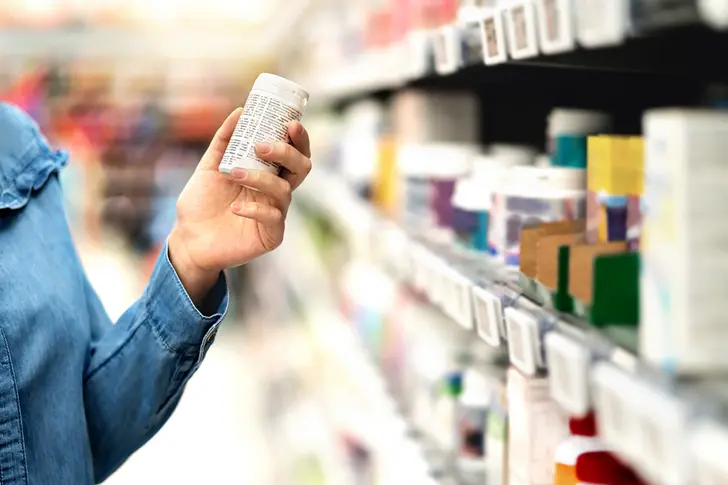
Understanding OTC Psoriasis Treatments
Over-the-counter products can help manage mild psoriasis symptoms like scaling, itching, and redness. While they may not replace medical treatment for moderate to severe psoriasis, they can be valuable tools for everyday management.
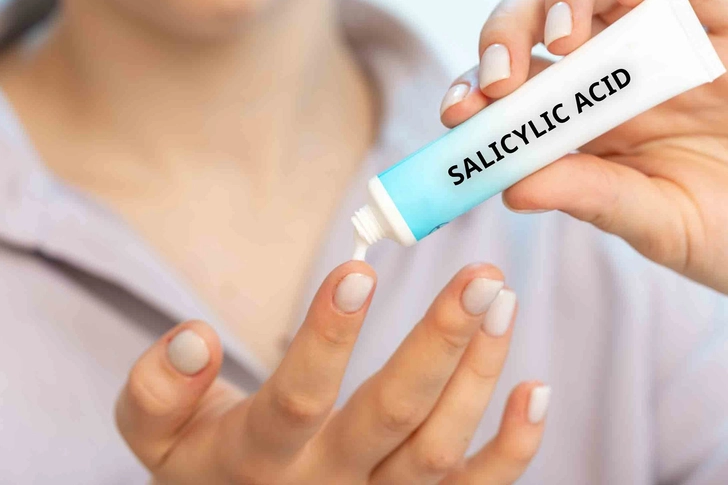
Salicylic Acid for Scaling
Salicylic acid helps remove scales by softening keratin, a protein in the skin. Available in shampoos, soaps, and ointments, it's effective for scalp psoriasis but may cause irritation if you overuse it. Salicylic acid removes the buildup of dead skin cells that form psoriasis plaques.
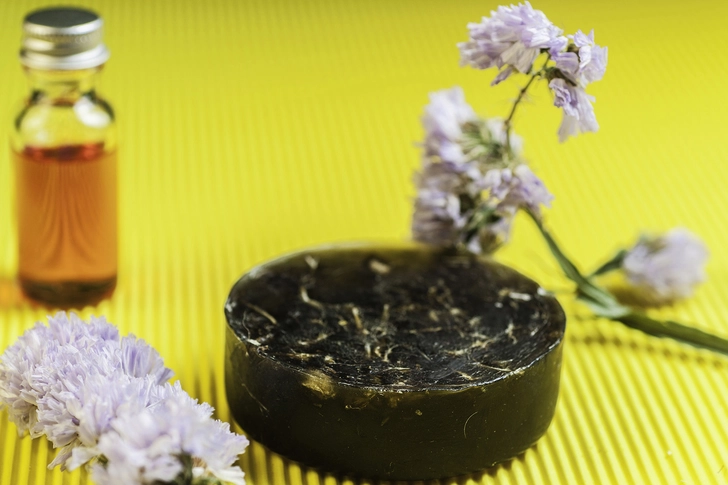
Coal Tar Benefits
Coal tar slows skin cell growth and reduces inflammation, scaling, and itching. Available in various strengths in shampoos, creams, and oils, it may cause irritation and has a strong odor. Coal tar has been used for over a century to treat psoriasis and remains one of the most effective OTC options, particularly for scalp psoriasis.

Daily Moisturizing
Moisturizers trap water in the skin, reducing dryness and scaling. Apply immediately after bathing for best results. Thick creams and ointments provide better moisture than lighter lotions. Daily moisturizing is important for managing psoriasis, as it helps maintain the skin barrier and prevents further irritation.

Petroleum Jelly for Protection
Petroleum jelly creates a protective barrier that locks in moisture and helps heal dry, cracked skin. Apply it to trouble spots after showering to reduce flaking and irritation. This inexpensive option is particularly useful for tough areas like elbows and knees where psoriasis plaques are often thicker.
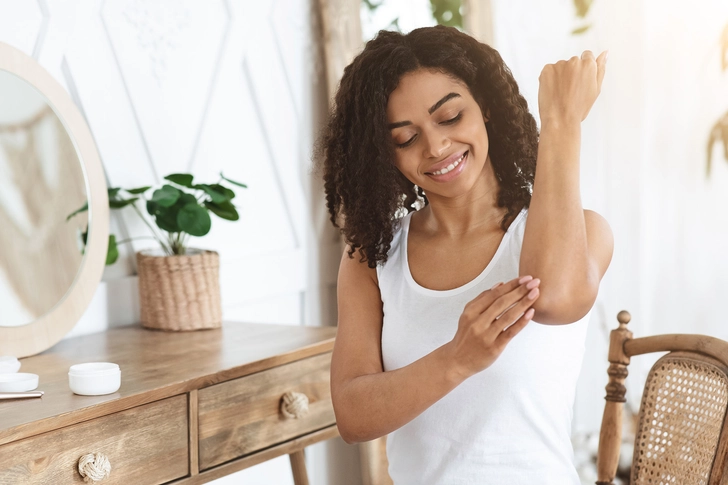
Scale Lifters
Similar to salicylic acid, lactic acid and urea help remove scales by breaking down tough skin proteins. These make your skin more receptive to other treatments. Use them before applying other medications helps the treatment penetrate more deeply into the skin.
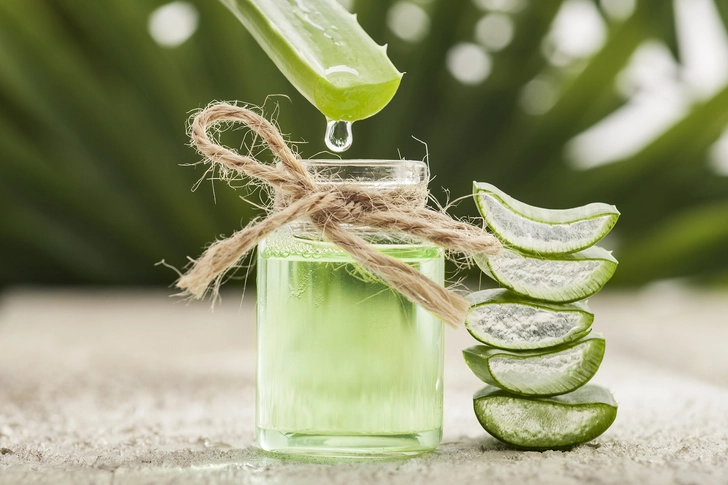
Aloe Vera for Soothing Relief
Pure aloe vera gel can reduce redness, scaling, and inflammation. Look for products with high aloe content and minimal additives or use gel directly from the plant. Many people find aloe vera provides gentle relief without the side effects that can come with some other treatments.

Epsom Salt Baths
Adding Epsom salt to warm (not hot) baths can help remove scales and ease itching. Soak for about 15 minutes, then apply moisturizer immediately after drying off. The magnesium in Epsom salt may help with inflammation and relieve the discomfort of psoriasis flares.

Anti-Itch Products
Calamine lotion, hydrocortisone creams, and products containing menthol or camphor can temporarily relieve psoriasis itching. These products address one of the most troublesome symptoms of psoriasis but should be used sparingly as some can thin the skin with long-term use.
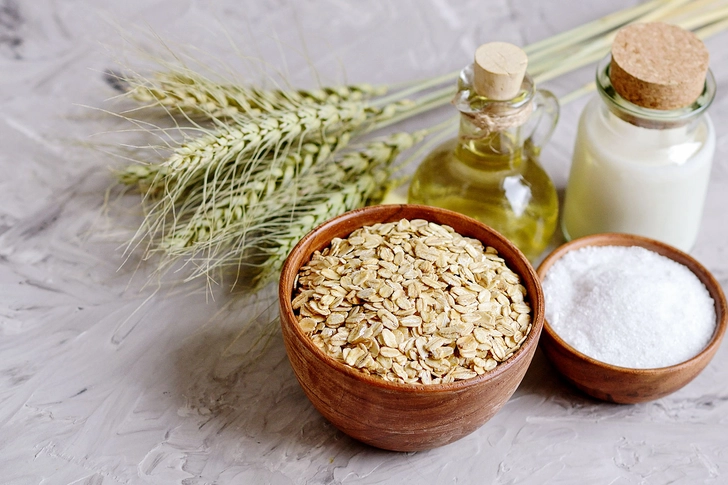
Oatmeal Treatments
Colloidal oatmeal baths can soothe irritated skin and reduce itching. Look for bath products containing oatmeal or make your own by grinding rolled oats into a fine powder. Oatmeal has anti-inflammatory properties that can help calm inflamed psoriasis patches.
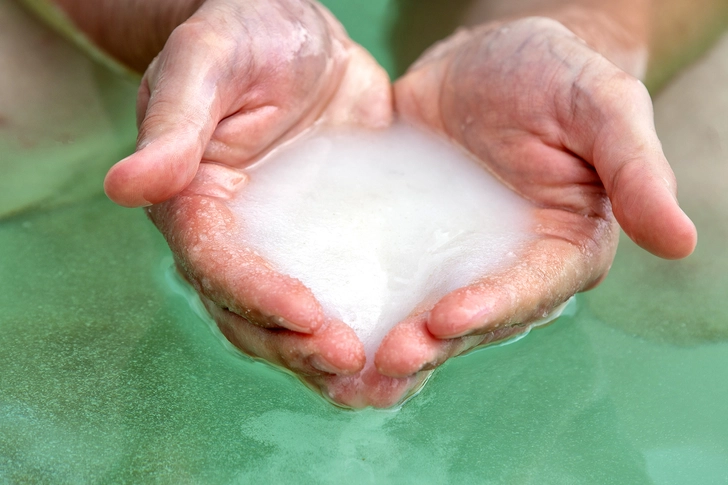
Dead Sea Salts
Bath soaks with Dead Sea salts may help hydrate your skin and reduce inflammation and roughness. Their high mineral content can help slough off scales and soothe irritation. People with psoriasis have long reported benefits from soaking in the Dead Sea itself, and these bath products aim to recreate some of those therapeutic effects.
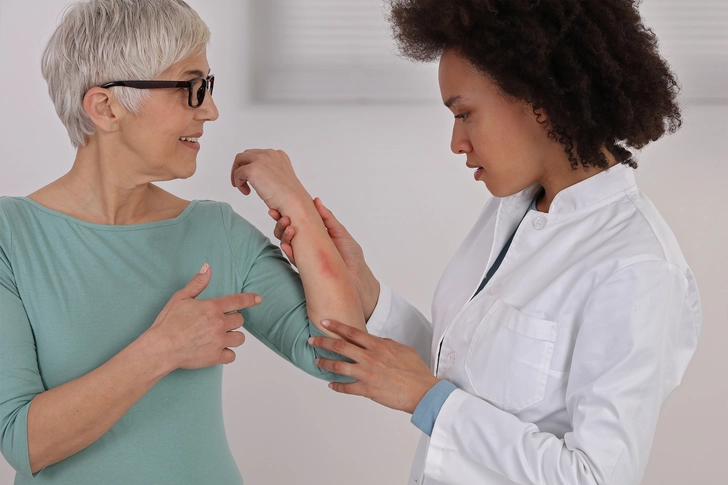
When to See a Doctor
If OTC treatments don't provide relief after consistent use, or if your psoriasis worsens or spreads, talk to a dermatologist. Severe psoriasis typically requires prescription treatments.
PHOTO CREDENTIALS
Slide 1 - Tero Vesalainen / Shutterstock
Slide 2 - luchschenF / Shutterstock
Slide 3 - elenovsky / Shutterstock
Slide 4 - MJTH / Shutterstock
Slide 5 - PeopleImages / Getty Images
Slide 6 - Prostock-studio / Shutterstock
Slide 7 - Nikolay Litov / Shutterstock
Slide 8 - kazmulka / Shutterstock
Slide 9 - Grace Cary / Getty Images
Slide 10 - Jelena Irikova / Getty Images
Slide 11 - iStock / Getty Images
Slide 12 - Albina Gavrilovic / Getty Images
SOURCES
National Psoriasis Foundation: “Over the Counter Topicals,” “Steroids.”
HealthLink BC: “Keratolytic Emollients – Topical.”
DermNet: “Salicylic acid.”
American Academy of Dermatology: “What Psoriasis Treatments are Available Without a Prescription?” “Dermatologists’ Top Tips for Relieving Dry Skin,” “Psoriasis Treatment: Coal Tar,” “Psoriasis Treatment: Corticosteroids You Apply to the Face.”
Dermatology and Therapy: “Urea in Dermatology: A Review of its Emollient, Moisturizing, Keratolytic, Skin Barrier Enhancing and Antimicrobial Properties.”
International Journal of Cosmetic Science: “Comparative effectiveness of alpha-hydroxy acids on skin properties.”
Dermatologic Therapy: “Evaluation of safety and efficacy of topical 4% nicotinamide in treatment of psoriasis; among a representative sample of Egyptians (an analytical observational study).”
Skin Pharmacology and Physiology: “Niacinamide - mechanisms of action and its topical use in dermatology.”
Journal of Clinical and Aesthetic Dermatology: “Ceramide- and Keratolytic-containing Body Cleanser and Cream Application in Patients with Psoriasis: Outcomes from a Consumer Usage Study.”
Dermatologic Therapy: “Topical application of a linoleic acid-ceramide containing moisturizer exhibit therapeutic and preventive benefits for psoriasis vulgaris: a randomized controlled trial.”
Advanced Biomedical Research: “Topical nicotinamide in combination with calcipotriol for the treatment of mild to moderate psoriasis: A double-blind, randomized, comparative study.”
Dermatology and Therapy: “Comparing the Potential for Irritation of a Ceramide-Based Moisturizer with a Urea-Based Moisturizer for Pediatric Atopic Dermatitis.”
American Academy of Dermatology.
FDA. “FDA approves Amjevita, a biosimilar to Humira," "Differin (adapalene) Gel, 0.3%," "Aklief (trifarotene) cream, for topical use," "Medication Guide Elidel (EĹ-ee-del) (pimecrolimus) Cream, 1%."
Mayo Clinic: "Ruxolitinib (Topical Application Route)," "Upadacitinib (Oral Route)," "Valacyclovir (Oral Route)," "Itraconazole (Oral Route)," "Salicylic Acid (Topical Route)," "Tretinoin (Topical Route)," "Tacrolimus (Topical Route)," "Abrocitinib (Oral Route)," "Acitretin (Oral Route)," "Apremilast (Oral Route)," "Methotrexate (Oral Route)," "Prednisone (Oral Route)," "Acyclovir (Oral Route, Intravenous Route)," "Famciclovir (Oral Route)," "Terbinafine (Topical Route)," "Ketoconazole (Topical Route)," "Tazarotene (Topical Route)," "Clindamycin (Oral Route)," "Mupirocin (Topical Route)."
Medscape: "Deucravacitinib."
Johns Hopkins Arthritis Center: "Side Effects of Biologic Medications."
Cleveland Clinic: "Azathioprine," "Dicloxacillin Capsules," "Anthralin topical cream."
National Health Service (U.K.): "Topical corticosteroids," "Side effects of coal tar," "Side effects of benzoyl peroxide," "Anaphylaxis."
Canadian Medical Association Journal: “The use of Epsom salts, historically considered.”
Epsom Salt Council: "About Epsom Salt," "Soaking," "Frequently Asked Questions," "Soothe Sore Paws with Epsom Salt."
Cleveland Clinic: "Should You Take an Epsom Salt Bath?" "How to Cope with High-dose Chemo and Radiation Therapy Side Effects," "How You Can Prevent and Treat Painful Ingrown Toenails."
Nutrients: "Myth or Reality – Transdermal Magnesium?"
BMC Medicine: "Dietary magnesium intake and the risk of cardiovascular disease, type 2 diabetes, and all-cause mortality: a dose-response meta-analysis of prospective cohort studies."
Osteoarthritis and Cartilage: "OARSI Guidelines for the Non-Surgical Management of Knee Osteoarthritis."
Mayo Clinic: "Fibromyalgia."
Cedars-Sinai: "Fibromyalgia."
National Psoriasis Foundation: "Herbal and Natural Remedies."
Indian Dermatology Online Journal: "Bathing Practices in Dermatology: Uses and Implications for Patient Management."
National Center for Complementary and Integrative Health: " 'Detoxes' and 'Cleanses': What You Need To Know."
Medical Hypotheses: "Magnesium for treatment-resistant depression: a review and hypothesis."
Biological Trace Element Research: "The Role of Magnesium in Sleep Health: a Systematic Review of Available Literature."
Indian Journal of Public Health Research and Development: "Effect of Using Warm Shower and Warm Water Footbath with and Without Adding Epsom Salt on Fatigue Level in Systemic Lupus Patients."
Journal of Clinical and Diagnostic Research: "Effectiveness of Foot Exercise and Epsom Salt Water on Reduction of Foot Oedema among Antenatal Mothers."
The Arthritis Foundation: "The Best Non-Drug Ways to Ease Knee Pain."
Hospital for Special Surgery news release: "Are the Widely Touted Benefits of an Epsom Salt Bath Legit?"
National Institutes of Health: "Epsom salt."
National Capital Poison Center: "The Baby Ate a Bath Bomb!"
PetPlace Drug Library: "Magnesium Sulfate (Epsom Salts) for Dogs and Cats."
National Library of Medicine: "Epsom salt."
Lindsey Bordone, MD, assistant professor of dermatology, Columbia University Medical Center (CUMC).
Latanya Benjamin, MD, associate professor of pediatric dermatology, Florida Atlantic University.
National Psoriasis Foundation: “Psoriasis Causes and Triggers,” “Herbs and Natural Remedies,” “Over-the-counter (OTC) Topicals,”
Journal of Drugs and Dermatology: “Anti-inflammatory activities of colloidal oatmeal (Avena sativa) contribute to the effectiveness of oats in treatment of itch associated with dry, irritated skin,” “Mechanism of action and clinical benefits of colloidal oatmeal for dermatologic practice.”
American Academy of Dermatology: “What Psoriasis Treatments Are Available Without A Prescription?” “8 Ways To Stop Baths And Showers From Worsening Your Psoriasis.”
Seminars in Arthritis and Rheumatism: “Scientific evidence of the therapeutic effects of dead sea treatments: as systematic review.”
Dermatology and Therapy: “Efficacy of a Topical Formulation of Sodium Bicarbonate in Mild to Moderate Stable Plaque Psoriasis: a Randomized, Blinded, Intrapatient, Controlled Study.”
Journal of the American Academy of Dermatology: “Scaly skin and bath pH: Rediscovering baking soda.”
Indian Dermatology Online Journal: “General measures and quality of life issues in psoriasis.”
International Journal of Molecular Sciences: “Anti-Inflammatory and Skin Barrier Repair Effects of Topical Application of Some Plant Oils.”
University of Maryland Medical Center: “Understanding Eczema and Psoriasis.”
Indian Journal of Dermatology: “Moisturizers: The Slippery Road.”
International Journal of Dermatology: “Bathing in a magnesium-rich Dead Sea salt solution improves skin barrier function, enhances skin hydration, and reduces inflammation in atopic dry skin.”
Steve Xu, MD, dermatologist; instructor, Northwestern Medicine Feinberg School of Medicine.
Google Patents: “Improvement in products from petroleum.”
The Journal of Clinical Investigation: “Skin care in the aging female: myths and truths.”
Indian Journal of Dermatology: "Moisturizers: The Slippery Road."
The Journal of Allergy and Clinical Immunology: “Petrolatum: Barrier repair and antimicrobial responses underlying this 'inert' moisturizer.”
Indian Dermatology Online Journal: “Topical Therapies in Psoriasis.”
Seminars in Plastic Surgery: Update on Postsurgical Scar Management.”
JAMA Pediatrics: “Cost-effectiveness of Prophylactic Moisturization for Atopic Dermatitis.”
American Academy of Pediatrics: “Head Lice.”
The Journal of Pediatric Nurses: “Home remedies to control head lice: assessment of home remedies to control the human head louse, Pediculus humanus capitis (Anoplura: Pediculidawe).”
CDC: “Parasites: Treatment.”
American Academy of Dermatology: “How to prevent and treat blisters,” “5 ways to use petroleum jelly for skin care,” “Treating sunburn.”
Harvard Health Publishing: “Hemorrhoids.”
Cleveland Clinic: “Top 6 Winter Health Hazards and How to Beat Them.”
American Academy of Ophthalmology: “How To Use Cosmetics Safely Around Your Eyes,” “Can petroleum jelly (Vaseline) be put into an eye that was scratched by being poked with paper?”
University of Illinois Extension: “Stain Solutions: Petroleum Jelly.”
The Ohio State University Wexner Medical Center: “Oxygen Safety in the Hospital.”
American Lung Association: “Using Oxygen Safely.”
University of Chicago Medicine, Comer Children’s: “Caring for Your Child on Oxygen.”
Mayo Clinic: “Petroleum jelly: Safe for a dry nose?”
International Journal of Clinical Pharmacy: “Safety in the use of Vaseline during oxygen therapy: the pharmacist’s perspective.”
Northern New England Poison Center: “Petroleum Jelly (Vaseline, Aquaphor)."
Obstetrics and Gynecology: “Intravaginal practices and risk of bacterial vaginosis and candidiasis infection among a cohort of women in the United States.”
Journal of Applied Sciences: "A Review on Petroleum: Source, Uses, Processing, Products and the Environment."
